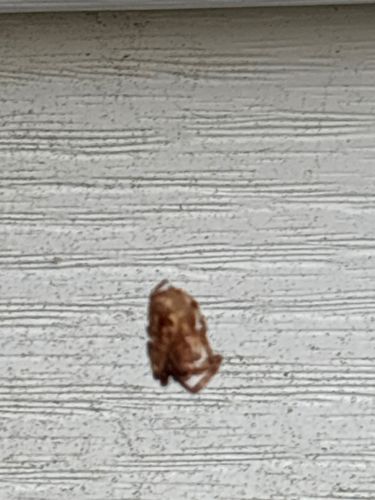Cockroach
Scientific Name: Blattodea (various species)
Order & Family: Blattodea (order), various families (e.g., Blattidae, Ectobiidae)
Size: Typically 0.5 to 2 inches (1.25 cm to 5 cm), though some species can be larger.

Natural Habitat
Warm, humid, and dark environments, often near food and water sources. Common in human dwellings, sewers, basements, kitchens, and sometimes outdoors under leaf litter or decaying wood.
Diet & Feeding
Omnivorous scavengers. They eat almost anything, including human food scraps, decaying organic matter, pet food, paper, fabric, and even other insects.
Behavior Patterns
Nocturnal, hiding during the day and becoming active at night to forage for food and water. They are known for their rapid movements and ability to squeeze into small spaces. Cockroaches reproduce quickly, with females laying egg cases (oothecae) that contain multiple eggs.
Risks & Benefits
Potential risks include carrying and spreading bacteria (e.g., Salmonella, E. coli), allergens that can trigger asthma and allergy symptoms, and contamination of food surfaces. They are generally considered pests due to these risks and their unsanitary habits. In some ecosystems, they contribute to decomposition but are overwhelmingly negative in human environments.
Identified on: 9/12/2025